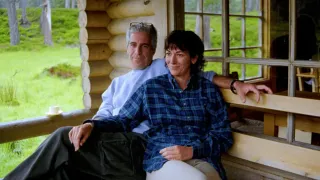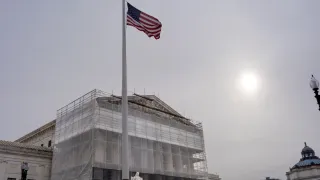December 11, 2017
South Korea Mulling Ways to Curb Craze for Bitcoins
Youkyung Lee READ TIME: 2 MIN.
South Korean is studying ways to regulate speculative trading in crypto currencies as the latest surge in prices stokes a craze over bitcoins.
The country's financial regulator said Friday that it has ruled out using bitcoin for derivative products. The decision effectively bans investing in bitcoin futures that will start trading on the Chicago Board Options Exchange this weekend.
It's part of a backlash against digital currencies in some Asian countries, even as Japan embraces their use.
Indonesia's Central Bank spokesman Agusman Zainal said Friday the Indonesian monetary authority will issue a rule prohibiting the use of bitcoin as a means of payment by 2018. At the moment, it is reviewing the situation, he said.
South Koreans tend to be tech savvy and used to trading cash in online games. Many are betting their incomes and even retirement packages on bitcoins and other virtual currencies. The country has just 50 million people but accounts for about one-fifth of global bitcoin trades.
The price of bitcoin surged more than 20 percent overnight to top $17,000 before falling back to $15418.19 by late Friday.
Meanwhile, South Korean internet users were rushing to seek online advice about which crypto currencies to pick or how to download apps.
The lure is apparent: One bitcoin was worth less than $1,000 at the start of the year.
"People are probably affected by those who say they made a lot of money from bitcoins," said Kim Do-hyung, a 21-year-old who invested in bitcoins and another crypto currency called stratis. "Young people don't make a lot of money. It looks like easy money for them," he said.
Kim, who just finished the country's mandatory military service last month, put all his monthly salary saved up from his two-years of duty into crypto currencies in November. His profit surged four-fold, reaping enough to pay his tuition when he returns to college next year and pay his rent in Seoul, he said by phone from a city of Masan, 298 kilometers south of Seoul.
Earlier this week, South Korea's justice ministry said it would consider ways to regulate crypto currency exchanges and plans to devise stiff penalties for crimes related to such transactions.
Local investors believe the crypto currency boom is still in its early stages.
"Virtual currency just made a start in South Korea so I think the price will go further up," Kim said.






